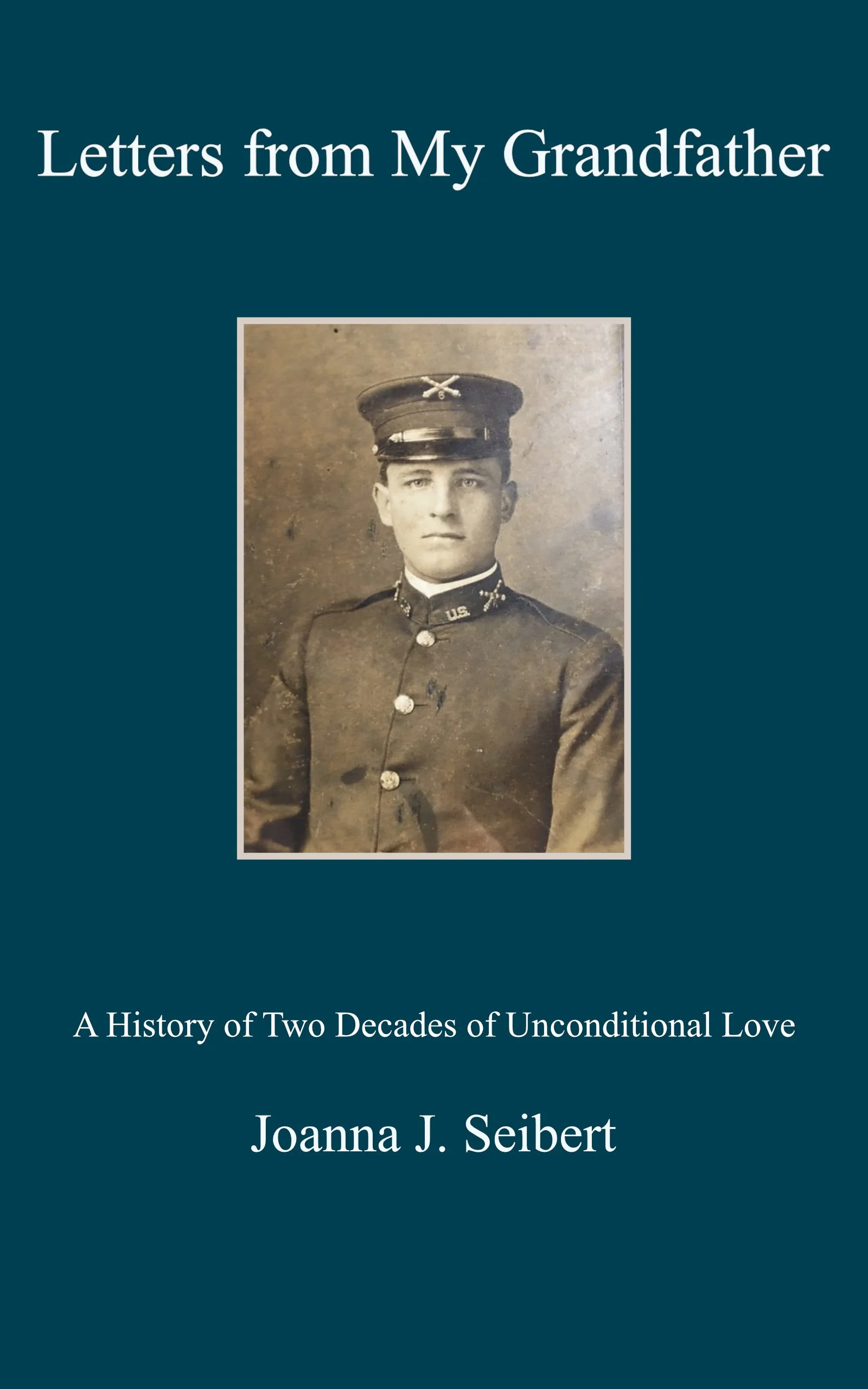Photography as a Spiritual Practice: Lewis Hines
little oyster shucker: 7-year old Rosie. Regular shucker. Her second year at it. Illiterate. Works all day. Shucks only a few pots a day. Varn & Platt Canning Co. Location: Bluffton, South Carolina. 1913
“He arrived at the coal mines, textile mills, and industrial factories dressed in a three-piece suit. He was just a humble Bible salesman, he claimed, who wanted to spread the good word to the laborers inside. What Lewis Hines actually wanted was to take photos of those laborers—and show the world what it looked like when children were put to work.”—Jessica Contrera, “The Searing Photos That Helped End Child Labor in America” in The Washington Post (9/3/2018).
This important article by Jessica Contrera in The Washington Post reminds us how art can change the world. Most of us know the story. Hines was a photographer in the early 1900s who photographed the horrendous working conditions of young children laboring in mines, factories, and any business that employed unskilled workers. He could enter these places by saying he was a Bible salesman!
Our hearts break when we see these young girls and boys, slightly older than toddlers, working long shifts in dangerous conditions. Their faces are dull. There are few smiles. They were, in essence, slave labor.
I love seafood, but almost every time I eat oysters, I see this childish girl photographed by Hines of maybe six or seven, with her yellow hair pulled back, standing on a stool to reach the table to shuck oysters with the older women. If you have ever shucked oysters, you know it is a dirty task that sprays mud all over you and includes the hazard of cuts from a slip of the oyster knife. It is not an easy job for adults, much less for children.
Oyster shells form the floor of the bleak room. The young girl’s apron is almost as big as she is. We do not see her face. That might be too much to bear. We do observe the women’s faces—perhaps relatives—working beside her. They look older than their presumed ages, with hapless expressions on their faces.
Photographic exposure to such scenes mobilizes our country and leads to labor laws for children. Hines not only shares dramatic pictures of children doing dangerous tasks, even for adults, but he also reveals the children’s ages and tells us their stories. For example, Hines’ story that accompanies this image is of “seven-year-old Rosie. Regular shucker. Her second year at it. Illiterate. Works all day. Only shucks a few pots a day. Varn & Platt Canning Co., Bluffton, South Carolina, published February 1913” (Library of Congress Photographs Online Catalog).
Hines’ work reminds us that art, photography, music, writing, and stories are as influential as guns and cannons in the revolutions of history. So when I talk to people about how they want to change the world, I remind them of how this one person with one camera and maybe a Bible in hand made a difference.
We are not all Lewis Hines, but we have been created with talents that can make a difference in others’ lives just as he did—with no threat of violence.
We discover and activate the difference we can make by connecting to the Christ within us and the Christ in our neighbor. We become the person God created us to be and lead others to help our neighbors become the people God created them to be.
Joanna. https://www.joannaseibert.com/




